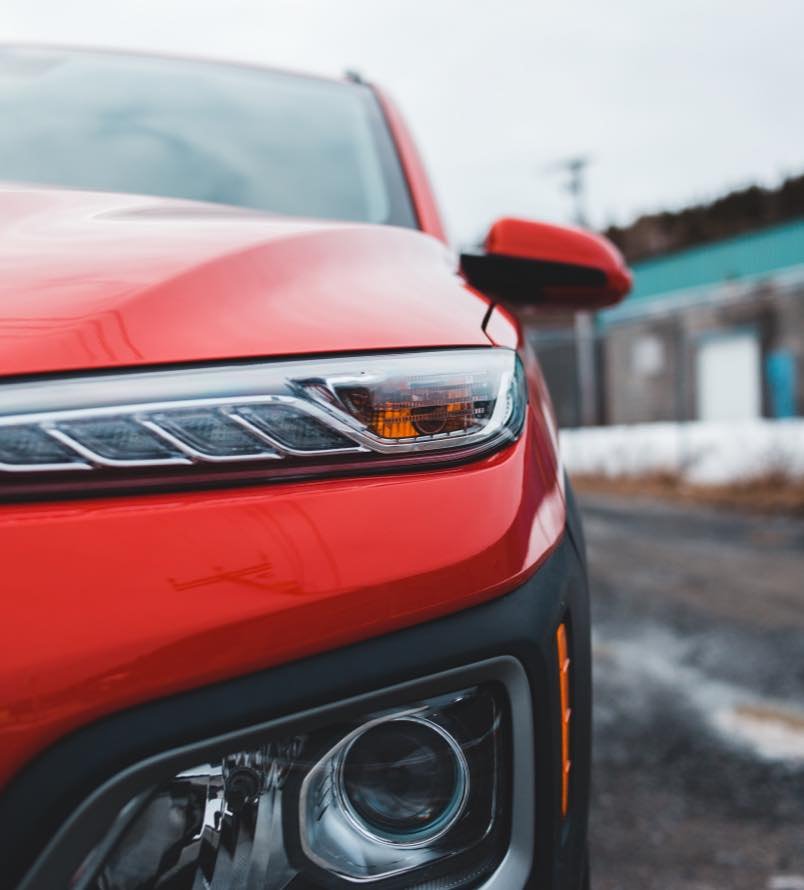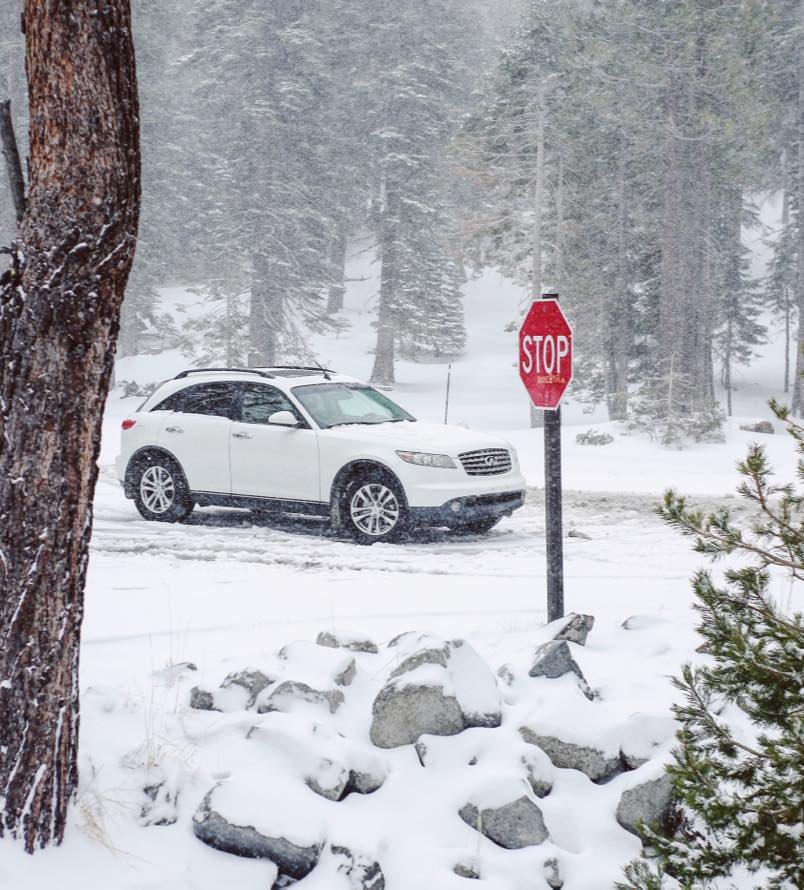
The brakes on your vehicle work hard every time you drive. When you slow down in traffic, stop at a red light, or must maneuver a quick hard stop because of an obstruction in the road your brakes are at work. Over time the use of your brakes causes normal wear and tear, which can render them ineffective or useless. It’s important to have regular maintenance performed on your braking system to keep it in tip top shape, and provide safe driving conditions for you and your family.
What Makes a Brake
The brake system in your vehicle is comprised of a disc, also called a rotor, a caliper, and the brake pad. From inside the car, it seems like all that happens is a push on the brake pedal, and the vehicle stops. But inside the car, this depressed pedal sends brake fluid through the brake lines as a piston moves in the master cylinder. As pistons in the caliper are initiated, the brake shoe pushes against the rotor, causing friction on the brake drum.
Why Choose a Mechanic?
Brake pad replacement is one of the minor jobs that many DIY car owners decide to try themselves. While it’s certainly one of the easier fixes to master over time, it’s important that you know exactly what you’re doing if you attempt this at home. When it comes to something as important as your brakes, we at Glenn’s Auto Repair, always recommend a certified mechanic over a DIY job.
You may save yourself a few bucks, but if the pad isn’t fitted properly, or damage occurs to the caliper or other brake components during the fix, your vehicle may be rendered unsafe on the roads. If your brakes are squeaking, sticking, or seem to take much more pressure than usual to engage, it’s time to see a mechanic.
Price Points to Ponder
Unfortunately, the friction of your brakes causes your brake pads to wear down over time, and they will need to be replaced time and time again. This is a normal part of the preventative maintenance routine you should include with your braking system. Of course, this means spending some money to keep your vehicle in working order and get you home safely every day. So how much money are you looking at spending for brake repair?
“Have used this service for years. Their mechanics are top notch. Their pricing has always been fair. I recommend them to close friends and relatives.”
The average price to replace a brake pad runs anywhere from $100 to $300 per axle, depending on the shop you work with. This might seem like a lot in the moment, but consider the alternative. To repair or replace the brake caliper, if the pad goes forgotten and further damage ensues, it could cost you anywhere from $300 to $800, even going so high as $1000 for some garages.
Similarly, to replace a brake rotor is somewhere in the range of $406 to $559.


Why Choose Us
Brake Pad replacement is one of the simplest jobs that car owners try to do on their own. However, if you are not well equipped, you should not try it and instead, should leave it to the professionals. You may save a few bucks by doing it yourself, but if the pad does not fit properly, if the caliper gets damaged, then your car will be rendered unsafe on the roads. So, you should seek professional help and AAA Services Center are experts in doing such repairs.
Given that gasoline has a hard time evaporating in cold weather, the carburetor was susceptible to releasing a lot more fuel than necessary.
The fuel-rich mixture increased the potential for engine damage once ignited.
Car owners were advised to idle their car for a few minutes to allow the engine to warm up, and, therefore, make it easy for the carburetor to supply the right fuel mixture.
When do you need repair?
The mechanical parts of the alternator are sealed, but the sitting water can damage it as the lubricator wears away. Repeated exposure to water can cause damage to the brushes by the electrical arc and wear out. Early detection is always better. Check your dashboard signals while you drive, if the ignition is on it will show a battery light on your car dashboard. This means you need to look at it quickly. Likewise, inoperative plates in the car can be the reason for battery failure.
